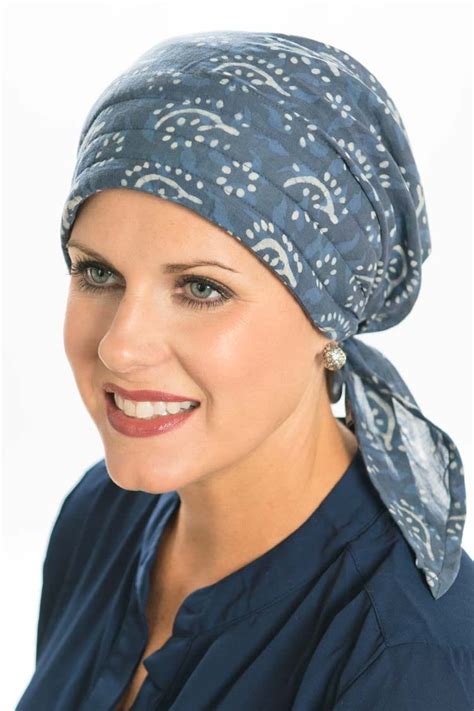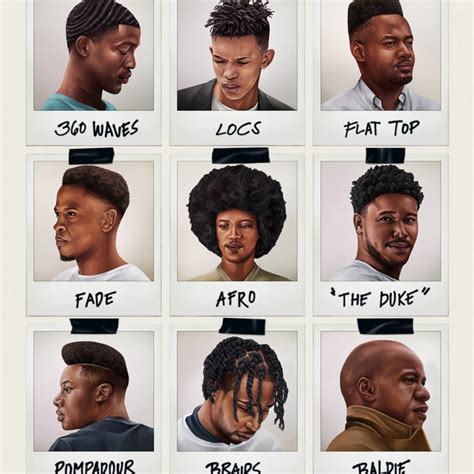Introduction
Black people haircuts have been a defining feature of African American culture for centuries. From the intricate cornrows of ancient Egypt to the bold fades and afros of today, black hair has served as a canvas for self-expression, cultural identity, and social commentary. In recent years, the black people haircuts movement has gained renewed momentum, with celebrities, activists, and everyday people alike embracing their natural hair textures and styles.

The Evolution of Black People Haircuts
Ancient Egypt
The earliest known evidence of black people haircuts dates back to ancient Egypt, where elaborate hairstyles were a symbol of status and beauty. Men and women alike wore their hair in braided wigs, adorned with beads, jewels, and other ornaments. These hairstyles not only protected the hair from the sun and wind but also served as a form of social identification.
The African Diaspora
As the African slave trade forced millions of Africans to the Americas, their hairstyles traveled with them. Enslaved Africans often used their hair to communicate messages of resistance and hope. For example, cornrows could be braided in patterns that represented escape routes or hidden messages.
The 20th Century
In the 20th century, black people haircuts became a powerful symbol of the Civil Rights Movement. The afro, a large, natural hairstyle, became synonymous with black pride and self-acceptance. Other popular styles of the era included the pompadour, the finger waves, and the conk.
Modern Day
Today, black people haircuts are a rich and diverse tapestry of styles. From classic fades to intricate braids, black people are embracing their natural hair textures and celebrating their unique identities. The black people haircuts movement has also been a driving force behind the natural hair care industry, which has seen a surge in popularity in recent years.
Pain Points and Motivations
Pain Points
- Discrimination and prejudice based on hair texture and style
- Limited availability of hair care products specifically designed for black hair
- Negative stereotypes and cultural biases surrounding black hair
Motivations
- Desire to embrace natural hair textures and styles
- Challenge societal norms and promote self-acceptance
- Foster a sense of community and cultural pride
Effective Strategies
Embrace Natural Hair Textures
The first step towards embracing natural hair textures is to learn how to care for it properly. This includes using the right products, styling techniques, and protective hairstyles.
Challenge Societal Norms
Challenging societal norms around black hair requires speaking out against discrimination and prejudice. It also means advocating for policies that protect black people’s right to wear their hair as they choose.
Foster Community and Cultural Pride
Building a sense of community and cultural pride around black hair can be achieved through events, social media campaigns, and educational initiatives. These platforms provide a space for black people to connect with each other, share their experiences, and celebrate their shared history and culture.
Step-by-Step Approach
Embracing Natural Hair Textures
- Identify your hair type and porosity
- Choose the right hair products and styling techniques
- Learn how to protect your hair from damage
- Find a hairstylist who specializes in natural hair
Challenging Societal Norms
- Stand up to discrimination and prejudice
- Advocate for policies that protect black people’s hair rights
- Educate others about the importance of natural hair acceptance
- Create a safe and supportive space for black people to wear their hair as they choose
Fostering Community and Cultural Pride
- Attend black hair events and participate in online communities
- Share your hair journey and experiences with others
- Support black-owned businesses specializing in hair care
- Celebrate the diversity and beauty of black hair
Data and Statistics
- According to a study by the Perception Institute, black women are 3 times more likely than white women to be sent home from work for wearing their natural hair.
- The natural hair care industry is estimated to be worth over $2 billion in the United States.
- A survey by SheaMoisture found that 70% of black women report experiencing discrimination based on their hair texture.
Innovative Ideas and Applications
Hair Typing Technology
Develop technology that can accurately identify and classify hair types and textures. This would help individuals find the right hair care products and styling techniques for their specific needs.
Hair Growth Stimulators
Create innovative hair growth stimulators that specifically target black hair. This could help to address hair loss and thinning, which are common concerns among black people.
Virtual Hair Consultations
Offer virtual hair consultations with licensed hairstylists who specialize in black hair. This would provide individuals with access to expert advice and guidance from the comfort of their own homes.
Black Hair Education Programs
Implement educational programs in schools and communities that teach about the history, culture, and care of black hair. This would help to dispel stereotypes and promote self-acceptance among young people.
Conclusion
Black people haircuts are more than just a fashion statement. They are a reflection of history, culture, and identity. By embracing natural hair textures, challenging societal norms, and fostering community and cultural pride, black people can continue to break down barriers and celebrate the beauty of their unique heritage.
